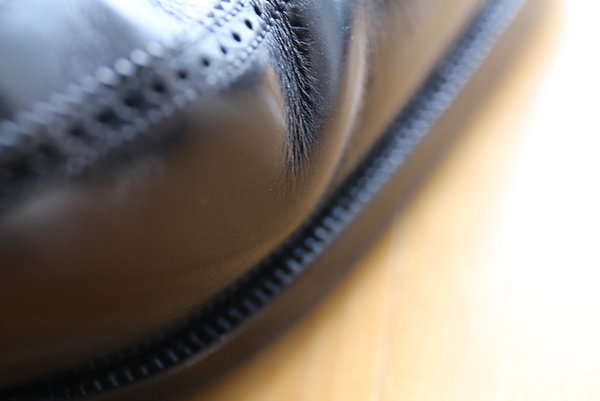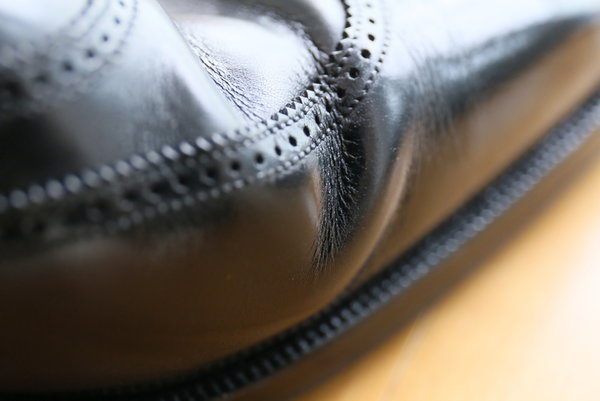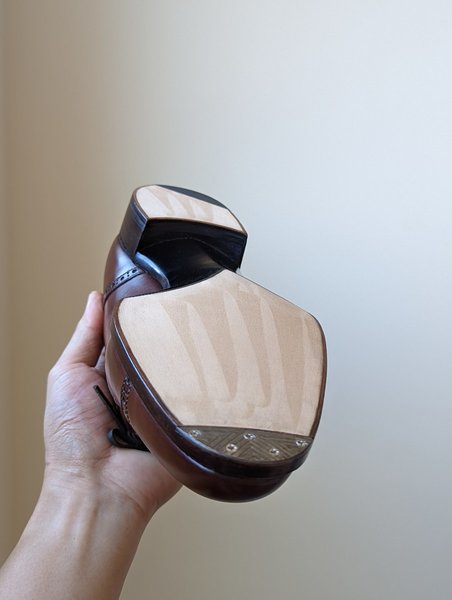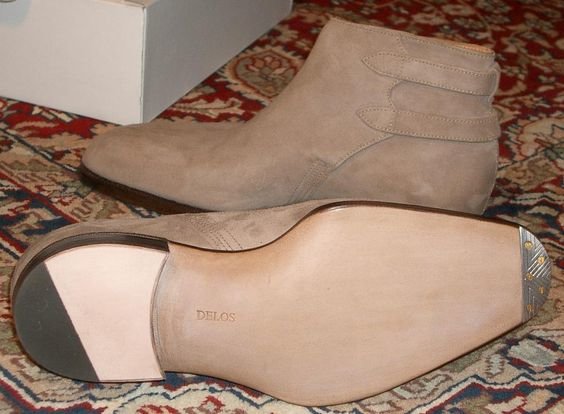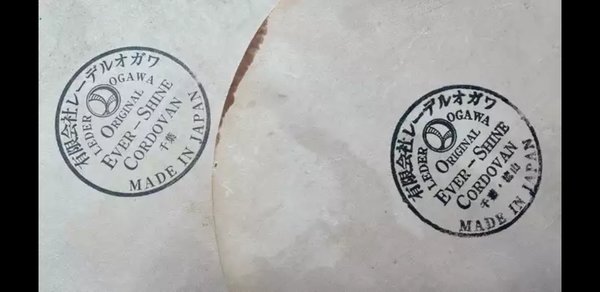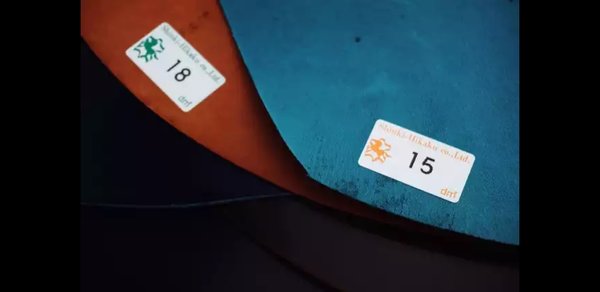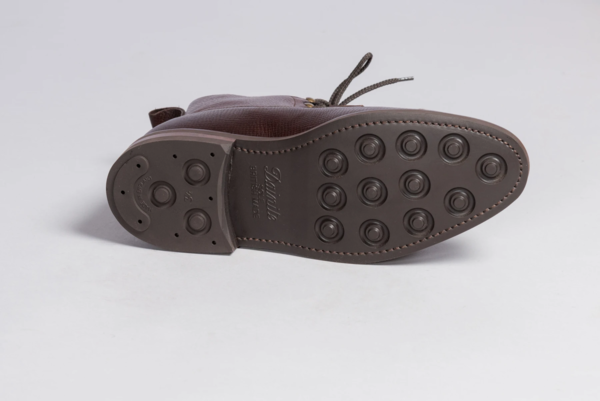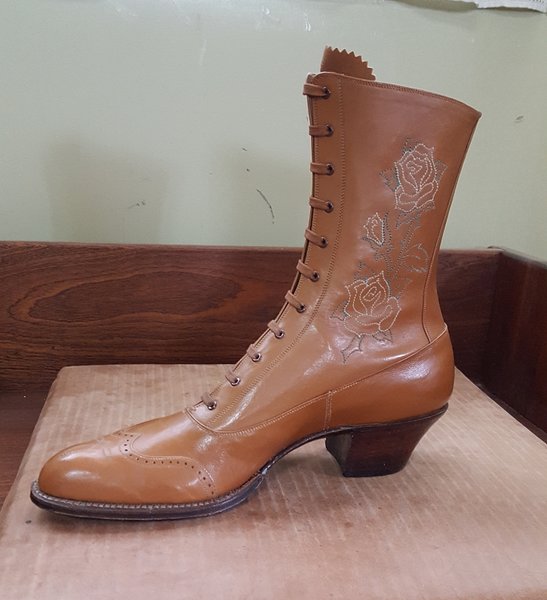- Joined
- Jan 8, 2008
- Messages
- 10,132
- Reaction score
- 5,714
Well, the broadest definition would have it as simple as an almost arbitrary area / section / "strip" of leather around the edge of the insole designated to hold the inseam stitches. A maker could just draw a somewhat inset line around the edge of the insole and begin the inseam stitch along that line, emerging at the edge of the insole. This is "stitching aloft" where the stitching is exposed and on the surface.
The way it is more commonly done is that a channel or vertical cut is made in the insole along that line mentioned in the previous paragraph and the stitches sunk into that "inside channel." Sometimes a wedge of leather is actually removed in order to facilitate the entry of the awl into the channel.
Additionally, another vertical channel is cut somewhat closer to the edge of the insole and a rectangle or square of leather is removed from the cut to the edge of the insole. This leaves a "rabbet" or rebate along the featherline of the insole. In fact, this rabbet is called the "feather." This is where the awl (and the inseaming thread) coming from the inside channel will emerge prior to entering the lining, upper and welt.
The "strip" of leather sandwiched in between the feather and the inside channel is called the "holdfast." It is what "holds" the inseam "fast"...or securely.
And if you go back to post #93 (the post that sleepyinsanfran linked to is #94) you can see the evolution of the welt and handwelted inseams and the "f" illustration shows the simplest (and earliest) form of holdfast...as describe in my opening paragraph above.
edited for punctuation and clarity
The way it is more commonly done is that a channel or vertical cut is made in the insole along that line mentioned in the previous paragraph and the stitches sunk into that "inside channel." Sometimes a wedge of leather is actually removed in order to facilitate the entry of the awl into the channel.
Additionally, another vertical channel is cut somewhat closer to the edge of the insole and a rectangle or square of leather is removed from the cut to the edge of the insole. This leaves a "rabbet" or rebate along the featherline of the insole. In fact, this rabbet is called the "feather." This is where the awl (and the inseaming thread) coming from the inside channel will emerge prior to entering the lining, upper and welt.
The "strip" of leather sandwiched in between the feather and the inside channel is called the "holdfast." It is what "holds" the inseam "fast"...or securely.
And if you go back to post #93 (the post that sleepyinsanfran linked to is #94) you can see the evolution of the welt and handwelted inseams and the "f" illustration shows the simplest (and earliest) form of holdfast...as describe in my opening paragraph above.
edited for punctuation and clarity
Last edited:
![Lol8[1] :lol: :lol:](/styleforum_ads/smilies/lol8[1].gif)


